Frontier Sciences: KOZAKI Miki
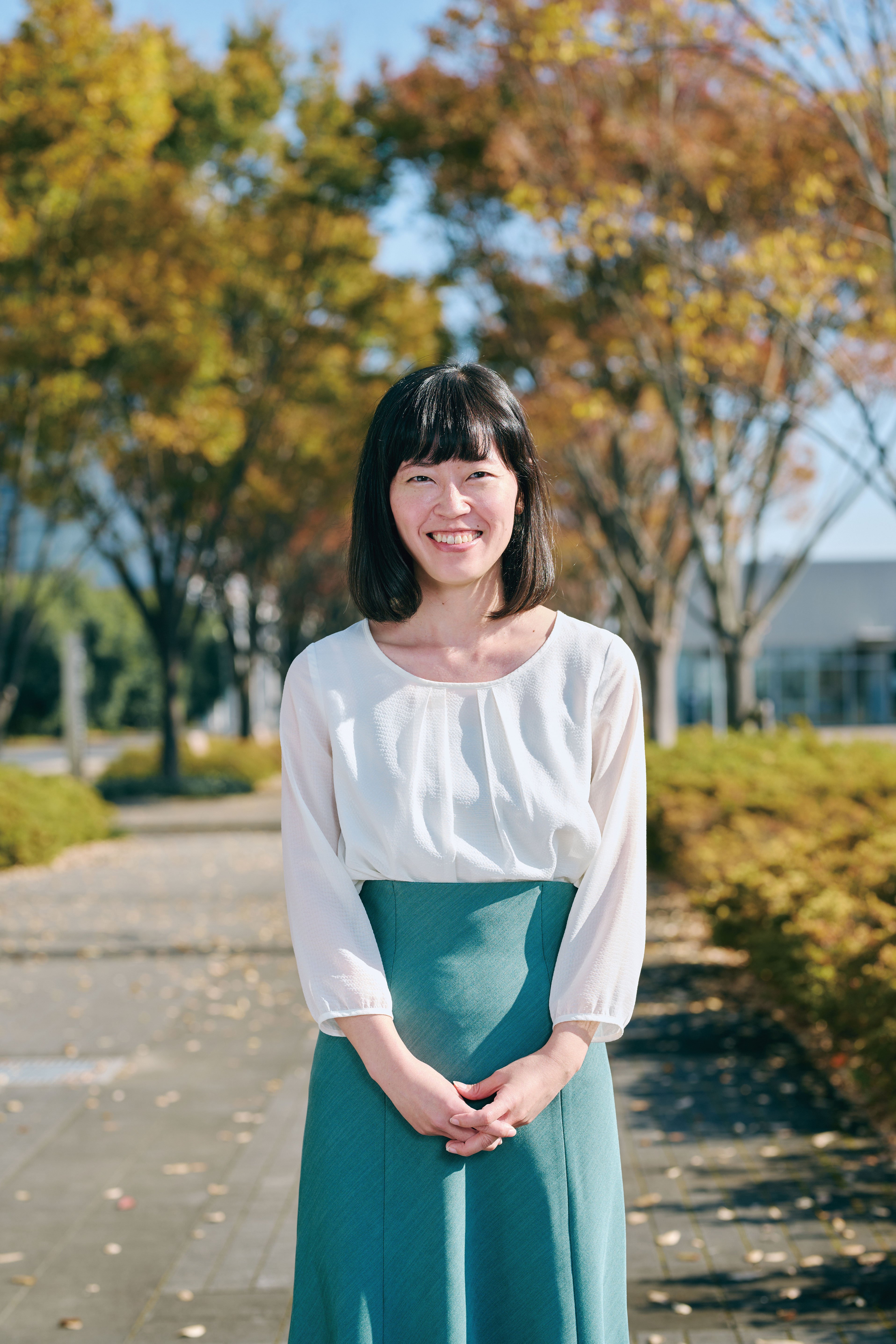
Have you ever rearranged your room? When you feel your room or house is inconvenient or uncomfortable, why not make a few changes? Although refurbishing and rebuilding are difficult, simply rearranging or replacing furniture can give your room an enormously different impression.
The interior of architecture is a familiar environment that is easily accessible to everyone. However, establishing the impression of a room consists of many factors, such as color; materials; the designs of walls, floors, and ceiling; positions, colors, brightness, and interspersion of lighting apparatus; color combinations and designs of furniture and curtains. The impression of a room varies by the impression of each item as well as their combinations.
In environmental psychology, researchers have endeavored to formulate relationships between environmental factors (e.g., the color and brightness of the interior decoration and furniture) and their impressions through evaluation experiments to improve interior designs. Typically, examinees are presented with “stimuli” in the form of models (Fig. 1), photographs, or virtual reality images with targeted environmental factors in variation and asked to provide evaluations using sets of bipolar adjectives based on the semantic differential method. (*)
Our laboratory’s recent research examines the relationship between impressions and human behavior. Specifically, we conduct experiments to elucidate the relationship between the lighting effects and people’s gazes on objects using an eye-mark recorder. The results demonstrate that the longer people gaze at an item, the smaller the difference in the luminance ratio. People can see articles for sale even in dark places because they are appealing. For items that are not for sale, the results suggested that people are prone to look in the direction of brighter areas (Fig. 2).
Another attempt of our laboratory is to systematize various impressions by organizing interior evaluation words compiled from previous similar experiments. Many former studies identified three impression factors through analyses of the experiment: activity, potency, and evaluation. We compare the results between the current and previous experiments and analyze them using the evaluation words sampled from the experiments. A good point of systemization is that it eliminates the need to individually formulate numerous impressions and atmospheres.
Moreover, we suggest the use of the three axes (factors), namely, brightness, warmth, and contrast, for evaluating the light environment based on the Color Image Scale formulated by the Nippon Color & Design Research Institute. We intend to quantify evaluations of the light environment through basic experiments. The three axes and the three factors of interior evaluation worlds exhibit similarity. In particular, the perception of brightness is quantified in light environment studies conducted in Japan, and many researchers suggest their formulations. I have been participating in research projects on this topic since I was a student, with the objective of improving the formulation and elucidating the relationships between the two other axes. In addition, the company I conducted joint research with is developing an app using the formulation (Fig. 3).
Simultaneously validating the formulation of the axes and the organization of impression evaluation words will lead to the quantification and formulation of various impressions. Why is formulation needed? The reason is that a difference exists between the environment and state that physically exist through light in terms of physical condition (i.e., light environment) and those that are visually perceived and reproduced in the brain (i.e., visual environment). The formulation also expands the current understanding of human perceptions. In the future, this study intends to expand the research to identify more relationships between the environment and human beings.
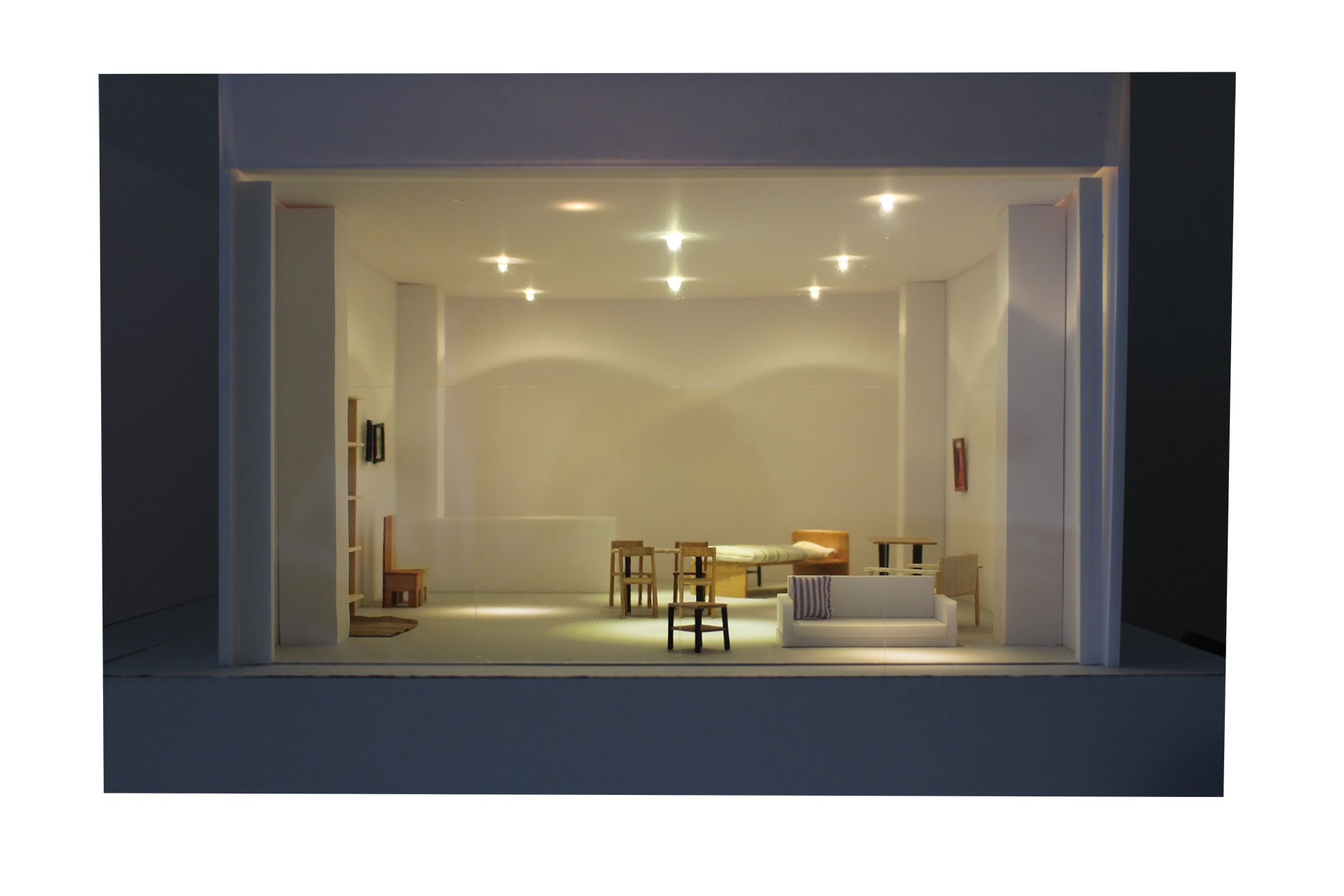
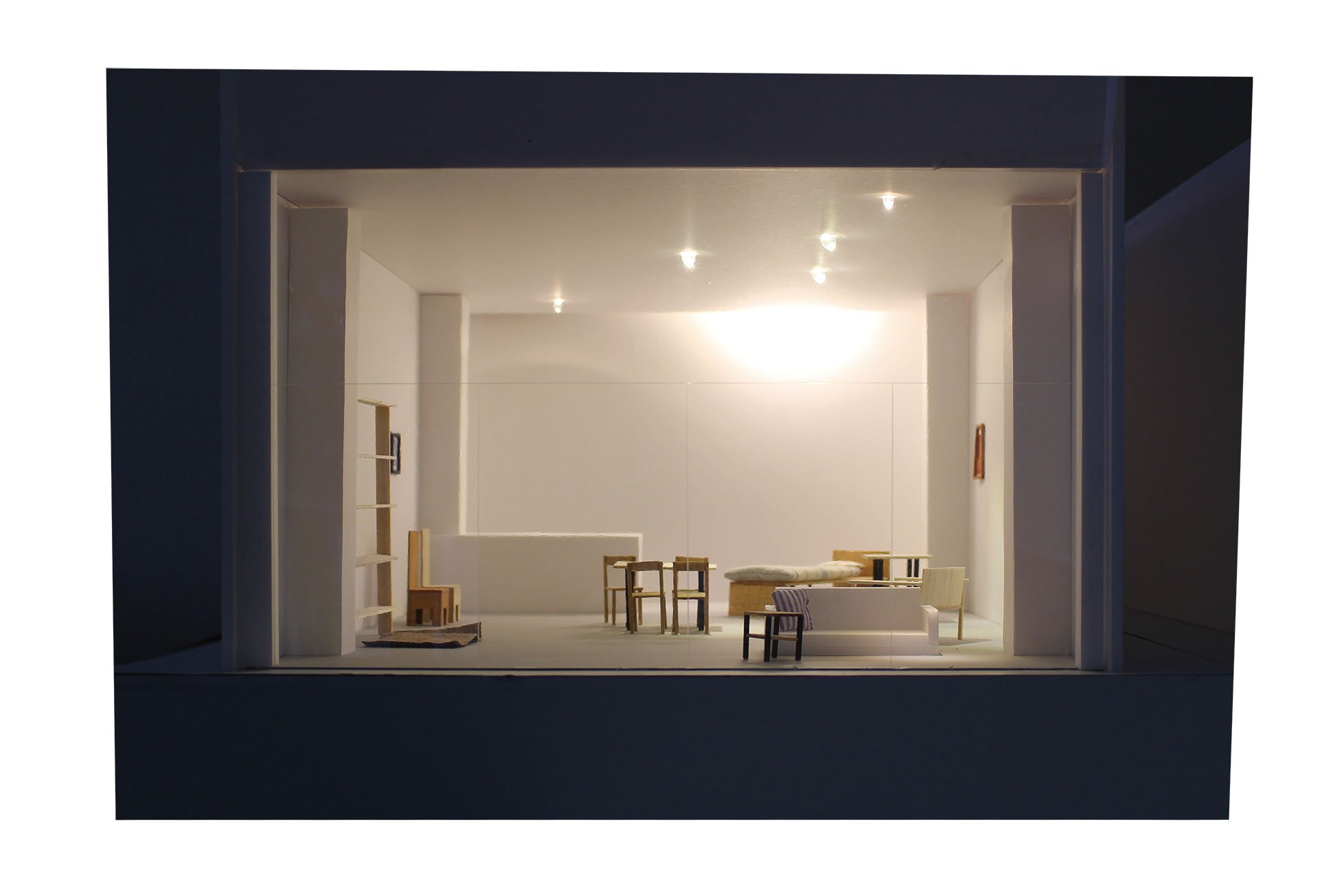
(Fig. 1) Model rooms with different lighting effects
Right: The light is shone on the wall, which brightens the room and reduces energy consumption.
Left: Typical room lighting from the ceiling
(Fig. 2) Example of analysis using an eye-mark recorder, which shows the object of the gaze and measures the gaze (The current study analyzes gaze and appropriate luminance range in shops.)
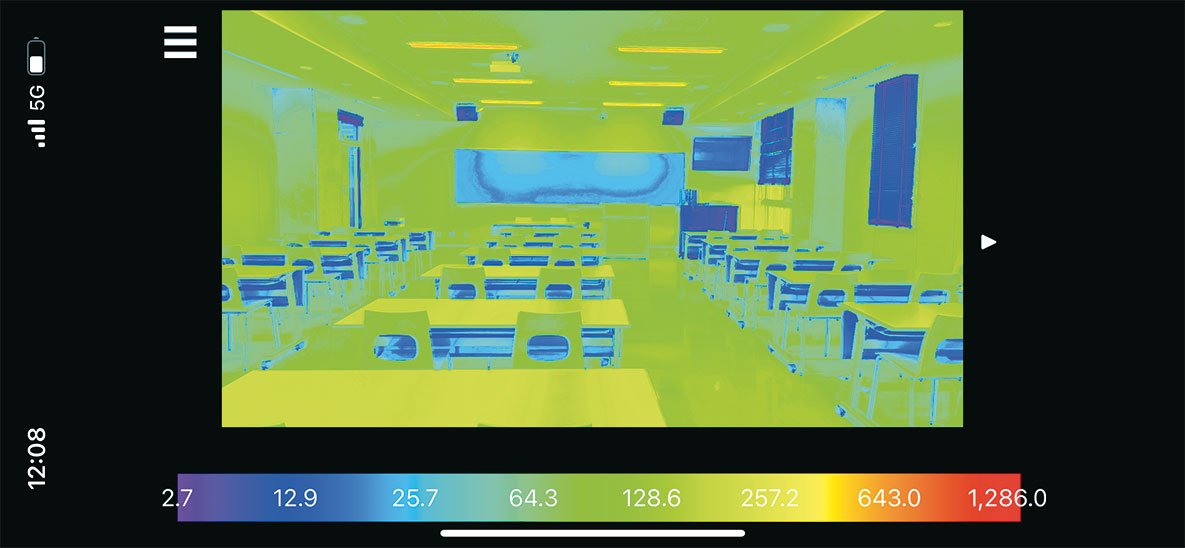
(Fig. 3) Images of brightness in a classroom using the proposed app.
Brightness perception: 92; average luminance: 131.1; luminance scatter: 0.41; smallest luminance: 2.4; largest luminance: 1168.0; adequate range of brightness: 70–80
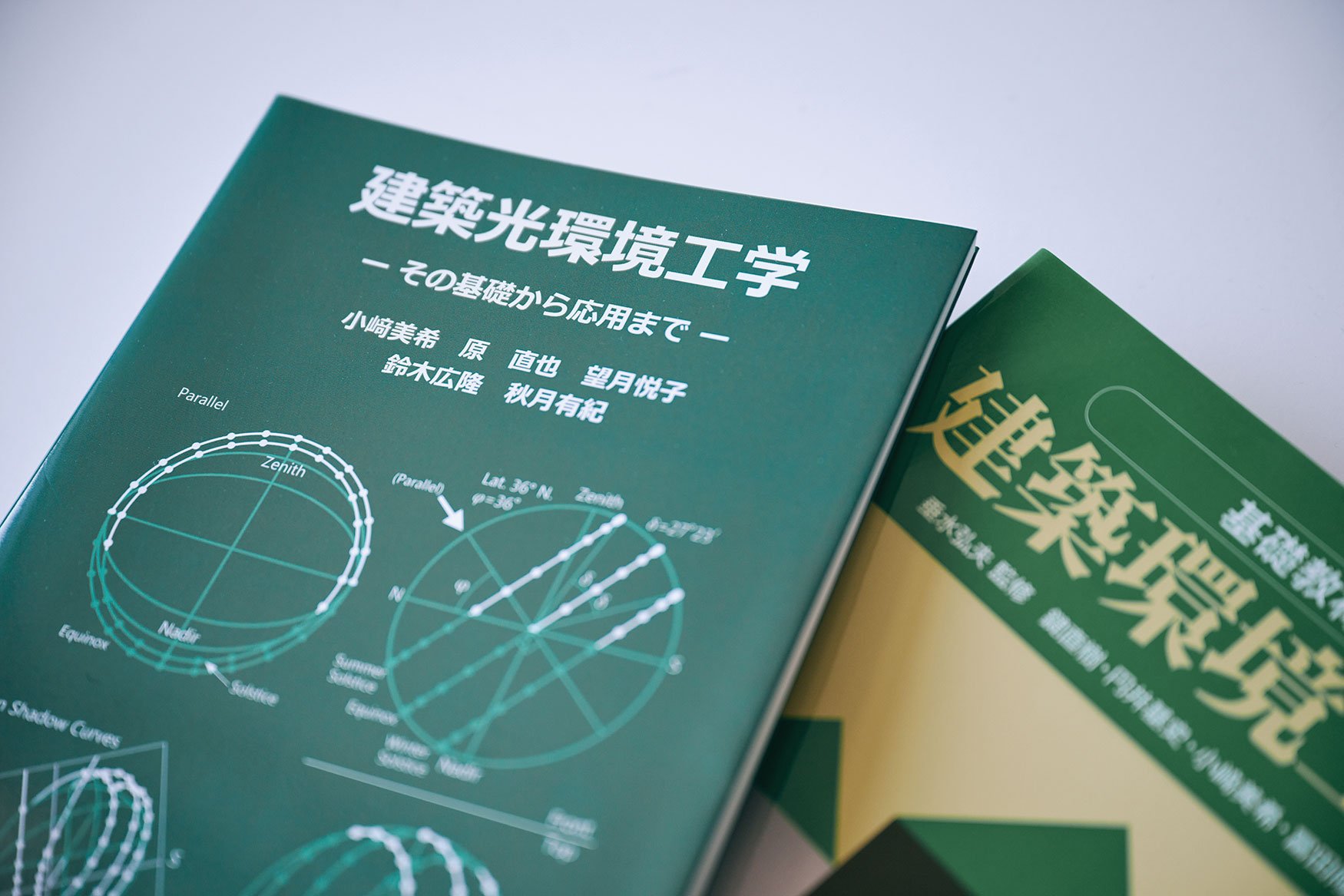
*Semantic Differential Method:
https://dictionary.apa.org/semantic-differential
APA Dictionary of Psychology of American Psychological Association
KOZAKI Miki
Associate Professor
Spatial Planning & Design Laboratory, Department of Socio-Cultural Environmental Studies
vol.41
- Cover
- REDEFINE THE VALUE OF WATER FOR BETTER SOCIAL SYSTEMS
- Realizing Advanced Nuclear Fusion and Creating Antimatter Plasma: Learning From Natural Phenomena
- Clarifying the Biological Significance of Susceptibility Variants for Common Diseases
- Formulating Visually Perceived Environments: Impressions of Interior and Light Environment
- GSFS FRONTRUNNERS: Interview with an entrepreneur
- Voices from International Students
- ON CAMPUS x OFF CAMPUS
- EVENT & TOPICS
- INFORMATION
- Relay Essay
